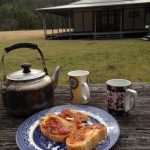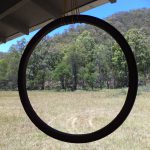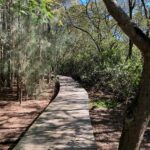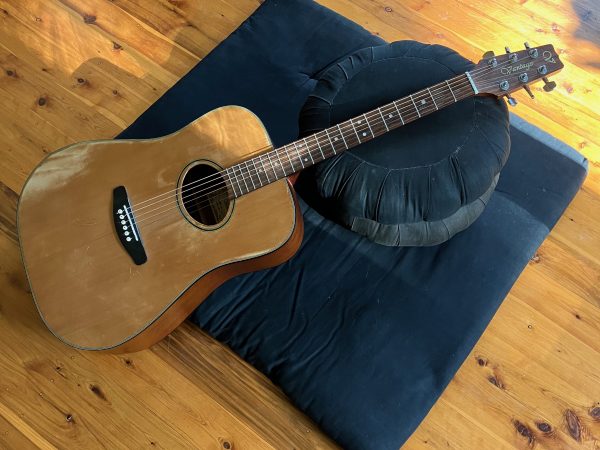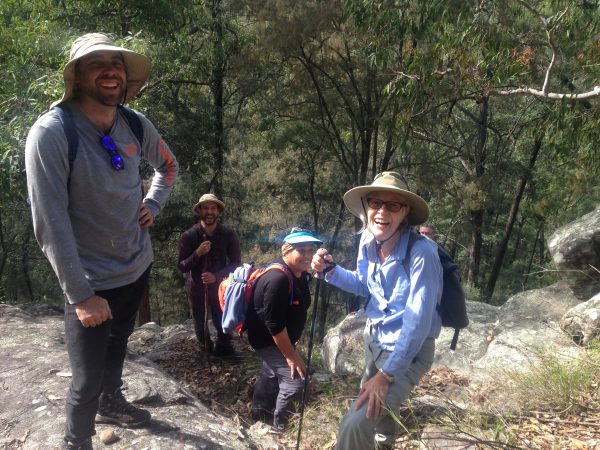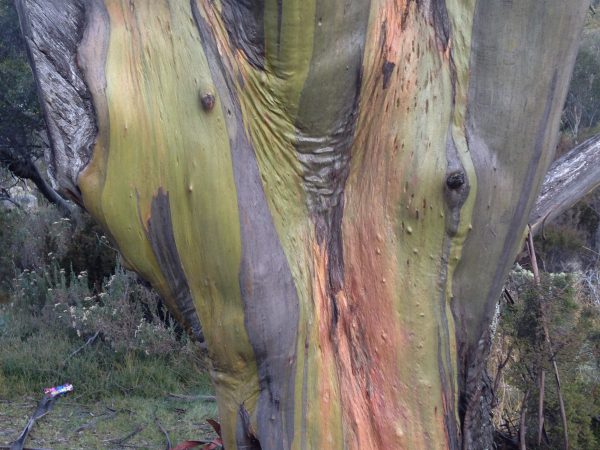Evazoum Chicxulub
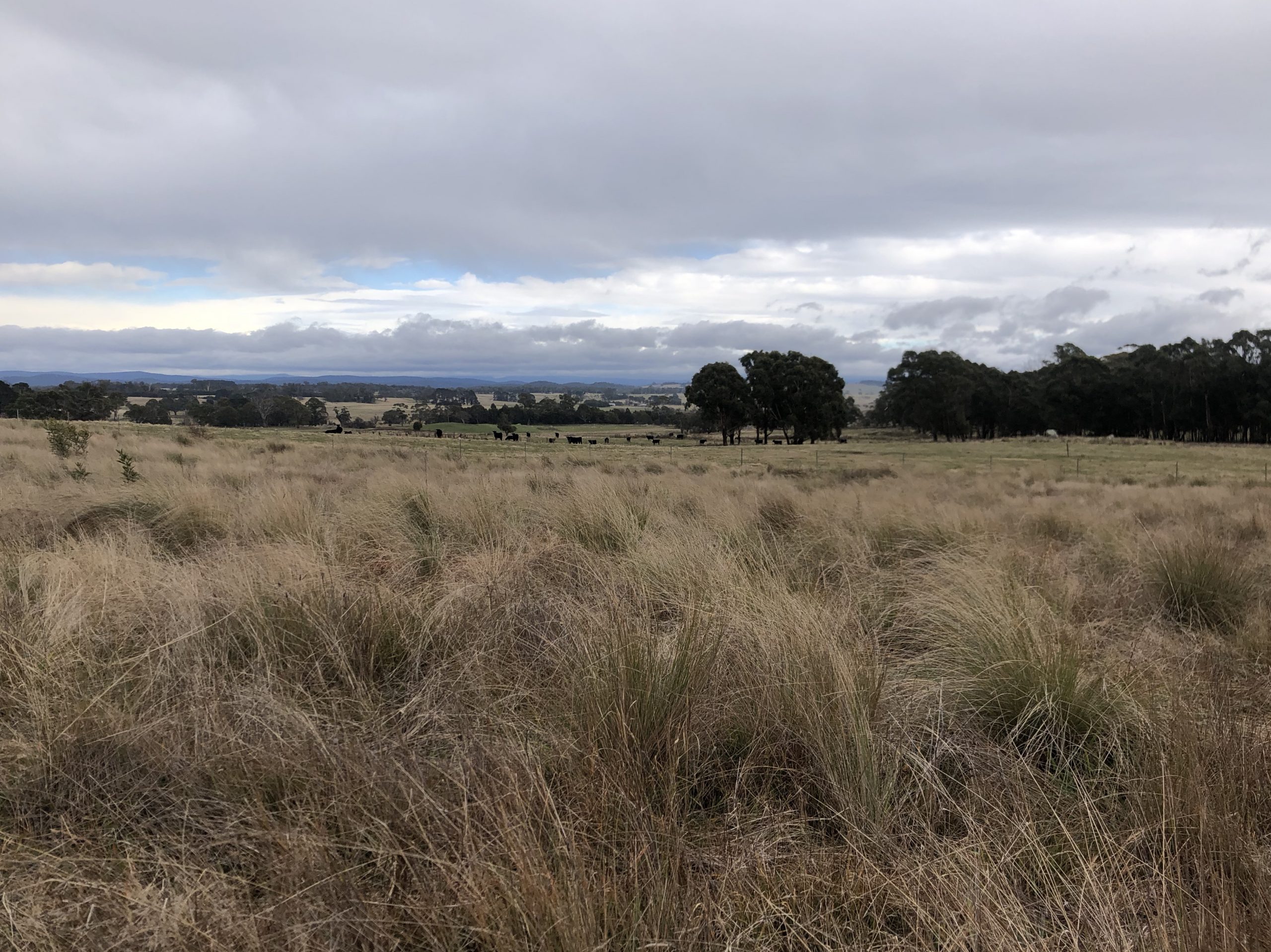
Chapter One: Once upon a time, between two hundred and forty-five and sixty-six million years ago, gentle vegan dinosaurs from the Evazoum family were roaming around the vast land mass called Gondwana, foraging on ferns. Their footprints sank into the water-sodden layers of ancient plant debris, their tracks later in-filled by silt and sand which, after millions of years, turned into coal. (Around 85 million years ago, Australia began to separate from Antarctica and had completely separated around 45 million years ago.)
Chapter Two: Sixty-six million years ago, a six-mile wide asteroid hit Chicxulub, in Mexico, which led to the extinction of 75% of species on Earth, including non-avian dinosaurs like the Evazoum. It triggered a mega-earthquake lasting months, with potentially trillions of tonnes of dust kicked up by the event swirling around in the atmosphere for years. Soot, sulphur and dust all have the capacity to block out the sun, contributing to global winters. Photosynthesis shuts down, vegetation fails and mass extinctions follow. (1)
Chapter Three: In l964, miners working at the Rhondda colliery in New Chum, near Ipswich, make a startling discovery. (2) As they remove the coal from a seam they’re following 213 metres below the surface, a series of giant, three-toed tracks become exposed in the ceiling of the mineshaft. It was as if a dinosaur had just walked over their heads. These tracks remain the oldest-known dinosaur fossils in Australia. The Rhondda mine has long closed, and the original tracks are no longer accessible, but archival photos and a plaster cast are in the Queensland Museum. A digitised model of the Rhondda tracks can be accessed from MorphoSource.
So, these gentle Evazoum dinosaurs had their turn at life, long long ago. The impressions left by their feet, as they wandered through the grass, remain.
I don’t know exactly what a prayers.
I do know how to pay attention, how to fall down
into the grass, how to kneel in the grass,
how to be idle and blessed, how to stroll through the field,
which is what I have been doing all day.
Tell me, what else should I have done?
Doesn’t everything die at last, and too soon?
Tell me, what is it you plan to do
with your one wild and precious life? (3)
Notes: 1) ‘Chicxulub impact winter sustained by fine silicate dust’, by Cem Berk Senel and researchers from the Royal Observatory of Belgium, publ. Nature Geoscience, 30/10/23
2) Saurischian dinosaur tracks from the Upper Triassic of southern Queensland: Anthony Romillo et al, publ. University of Queensland. Published online: l6 Oct 2021. 3) Excerpt from Poem 133: The Summer Day, by Mary Oliver, from New and Selected Poems, @ Beacon Press, l992
Written by Gillian Coote, roshi for the December 2023/January 2024 Newsletter

